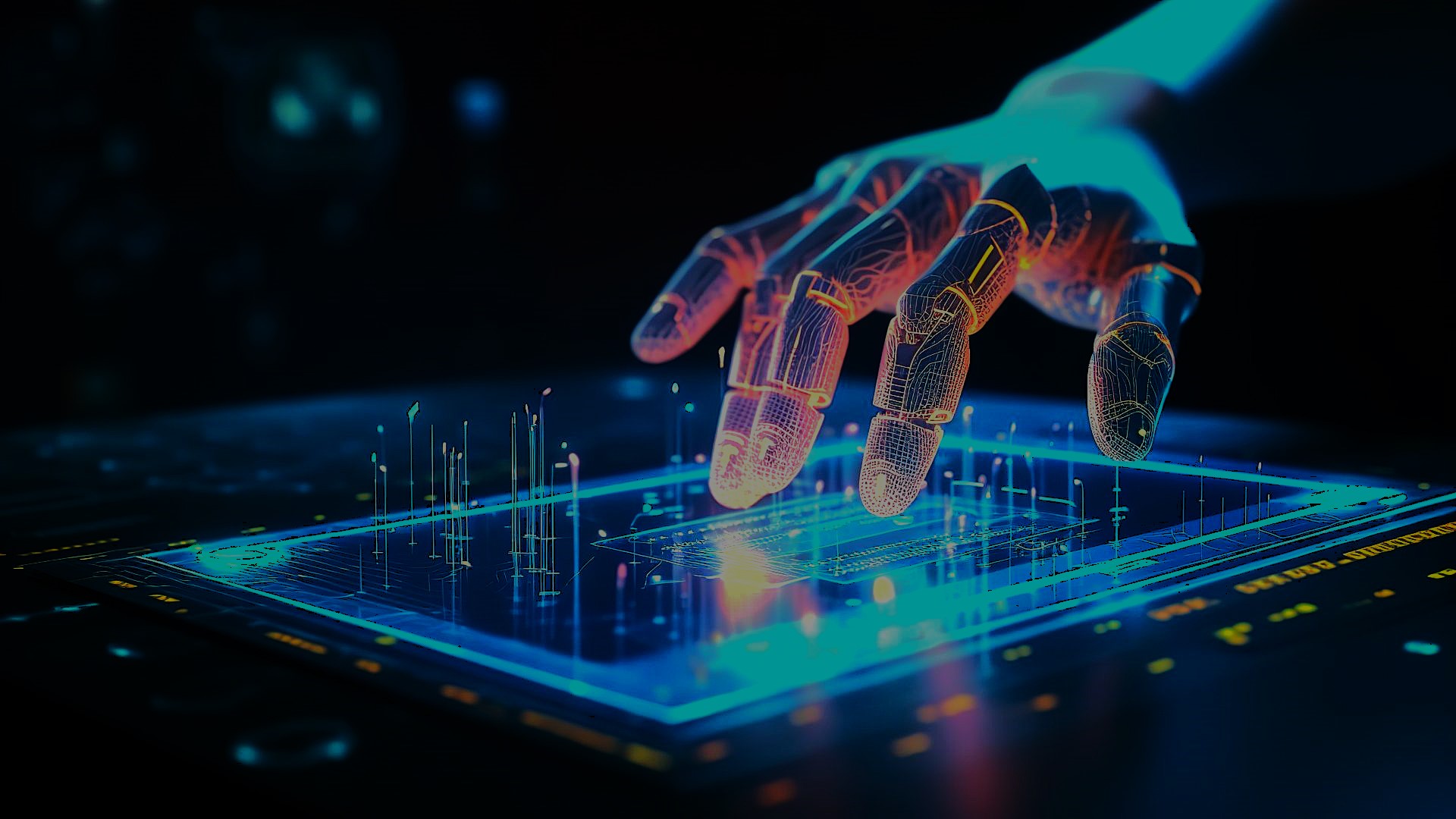Introduction In the last decade, technology has drastically evolved, influencing every sector of life. From artificial intelligence (AI) transforming how we work, to quantum computing promising breakthroughs, there are a number of upcoming new technologies that will redefine our future. In this article, we will explore the next generation of innovation, the technologies currently in development, and their potential impact.
1. Quantum Computing: The Future of Supercomputing Quantum computing is poised to revolutionize how we process data. Unlike classical computers that process information in binary (0s and 1s), quantum computers use qubits that allow for vastly more powerful computations. The technology is still in its early stages but has the potential to solve complex problems in seconds that would take conventional computers millions of years.
Applications of Quantum Computing: Quantum simulations, advanced cryptography, and optimization problems in industries such as pharmaceuticals, logistics, and finance.
Challenges: The current limitations are stability (quantum decoherence) and the high cost of maintaining quantum environments.
Reference Image: A diagram showing classical vs quantum computing logic gates.
2. Artificial Intelligence and Machine Learning: The Smart Revolution AI and machine learning (ML) have been growing fields for the last few years, but recent advances are positioning them as foundational technologies for future development. Machine learning allows computers to learn from data and make intelligent decisions, while AI mimics human intelligence, understanding natural language, recognizing images, and even creating art.
AI Applications: Healthcare (AI-powered diagnostics), Autonomous vehicles, Smart personal assistants, Predictive maintenance in industries.
AI Risks: Ethical concerns surrounding privacy, potential job displacement, and bias in AI decision-making.
Reference Image: Illustration of AI models processing vast data streams, featuring real-world applications such as facial recognition and autonomous driving.
3. 5G and Beyond: Hyperconnected World 5G technology has started to roll out globally, but the potential is far from fully realized. It will enable faster data transmission, reduced latency, and the ability to connect a large number of devices simultaneously. More importantly, 5G is setting the stage for the Internet of Things (IoT), smart cities, and advanced robotics.
Impact of 5G: Enhanced mobile broadband, ultra-reliable low-latency communication, and massive machine-type communication (smart grids, autonomous vehicles).
Future of Connectivity: 6G, which is already in development, aims to be 100 times faster than 5G, enabling holographic communication, VR/AR on a massive scale, and more.
Reference Image: A visual representation of the 5G network with connected devices in a smart city environment.
4. Augmented Reality (AR) and Virtual Reality (VR): Immersive Experiences AR and VR have made significant strides in entertainment and gaming, but the real potential lies in applications beyond these sectors. AR superimposes digital information on the real world, while VR creates entirely immersive digital environments.
Upcoming Developments: Apple’s rumored AR glasses, Meta’s (formerly Facebook) focus on the Metaverse, and advancements in haptic feedback technologies.
Use Cases: Education (virtual classrooms), Healthcare (remote surgeries), Real estate (virtual home tours), and Retail (virtual shopping experiences).
Reference Image: A user interacting with a VR headset in a fully immersive environment, with AR technology overlaying digital information on physical objects.
5. Biotechnology: Revolutionizing Healthcare Biotechnology is a rapidly advancing field where scientists use living organisms to develop products and technologies. Emerging areas include gene editing with CRISPR, synthetic biology, and personalized medicine.
CRISPR-Cas9 Gene Editing: Allows for precise modifications to DNA, potentially curing genetic disorders, increasing crop resilience, and combating climate change.
Personalized Medicine: Using genomics and data analysis to tailor treatments to individual patients, offering greater effectiveness in therapies.
Reference Image: A futuristic lab scene showing scientists working with CRISPR technology to edit genes.
6. Sustainable and Green Technologies: The Next Frontier With the growing threat of climate change, sustainable technologies are more important than ever. These innovations are focused on reducing carbon emissions, utilizing renewable energy, and creating eco-friendly alternatives to traditional processes.
Energy Storage Innovations: New developments in battery technologies (solid-state batteries, lithium-sulfur batteries) that store renewable energy more efficiently.
Green Hydrogen: This is a cleaner energy source that can replace fossil fuels in industries like transportation and manufacturing.
Circular Economy: Technologies that focus on reusing resources in a closed loop, reducing waste and resource extraction.
Reference Image: A solar farm and wind turbines representing clean energy, combined with a diagram of the circular economy in action.
7. Autonomous Vehicles and Drones: Redefining Transportation Self-driving cars and delivery drones are no longer science fiction. Autonomous vehicles, powered by AI, sensors, and advanced mapping technologies, promise to reshape the future of transport and logistics.
Autonomous Taxis and Freight: Companies like Tesla, Waymo, and Uber are making strides in creating fleets of self-driving taxis. Meanwhile, companies like Amazon are piloting drone-based deliveries.
Challenges: Regulatory hurdles, safety concerns, and ethical questions surrounding AI decision-making in critical moments.
Reference Image: A futuristic cityscape with autonomous vehicles on the roads and drones delivering packages.
8. Blockchain and Web3: The Decentralized Internet Blockchain, best known for being the underlying technology of cryptocurrencies like Bitcoin, is far more than a digital ledger. It’s paving the way for Web3, a decentralized version of the internet where users have more control over their data.
Smart Contracts and DAOs: Blockchain enables the creation of smart contracts that self-execute when conditions are met, while decentralized autonomous organizations (DAOs) democratize decision-making.
NFTs and Digital Ownership: Non-Fungible Tokens (NFTs) are revolutionizing the art world and beyond, offering a way to prove ownership of digital assets in the Web3 ecosystem.
Reference Image: A blockchain diagram illustrating decentralized networks, with visual representations of NFTs and smart contracts.
9. Edge Computing: Bringing the Cloud Closer Edge computing is an extension of cloud computing where data is processed closer to where it’s generated, reducing latency and improving real-time decision-making.
Why It Matters: In industries like autonomous vehicles, IoT devices, and healthcare, data needs to be processed instantly, making edge computing essential.
Future Outlook: As the number of connected devices increases, edge computing will become critical to managing data flow and ensuring faster response times.
Reference Image: A flowchart demonstrating how data is processed at the edge compared to the cloud, showing faster decision-making in critical applications.
10. Robotics and Automation: The Era of Intelligent Machines Robots are becoming increasingly intelligent, capable of complex tasks that were once only within human capabilities. Advances in AI, sensors, and mobility are driving the development of robots for industrial, healthcare, and personal use.
Human-Robot Collaboration: Cobots, or collaborative robots, work alongside humans in manufacturing, logistics, and healthcare, improving productivity.
Challenges: Ensuring safe human-robot interaction and addressing the fear of job displacement due to automation.
Reference Image: A factory floor with collaborative robots working alongside human workers, illustrating the future of automation.
Conclusion The technological advancements outlined in this article represent just a glimpse of the innovations shaping our future. From AI and quantum computing to sustainable energy and biotechnology, these emerging technologies will have profound effects on industries, economies, and societies. Embracing and understanding these advancements is essential as we move into a new era of digital transformation and global connectivity.
Reference Image: A futuristic vision of a city where all technologies discussed are harmoniously integrated, showcasing a tech-driven world of tomorrow.








